
By Tiziana Zappone and Michel Garcia; Farnsley Middle School (Louisville, KY)
“I had headaches and I would hear buzzing in my ears,” said Robert Peña Hernandez (co-author Tiziana’s dad). “I would have never thought it was high blood pressure. I went to the doctor in August because I had a stuffed-up ear. I expected the doctor to tell me I had a minor ear infection, but instead the doctor told me I had high blood pressure.”
According to the American Heart Association (AHA), “High blood pressure (HBP or hypertension) is when your blood pressure, the force of the blood flowing through your blood vessels, is consistently too high.”
High blood pressure is also known as the “silent killer”, because there are no detectable symptoms. However, if left unattended there is a possible chance of having a heart attack, stroke, or other health threats.
According to the AHA, the only way to diagnose HBP is to have your blood pressure taken.”
Blood pressure numbers look like fractions. The numerator (upper number) is the systolic blood pressure. As reported by the Centers for Disease Control and Prevention (CDC), “the first number, called systolic blood pressure, measures the pressure in your blood vessels when your heart beats. The second number, called diastolic blood pressure, measures the pressure in your blood vessels when your heart rests between beats.” ͖The diastolic blood pressure is the denominator (lower number). Blood pressure is measured in millimeters of mercury (mm Hg). A normal blood pressure is less than 120/80. An elevated blood pressure is 120-129/80 or more. The first stage in HBP is 130-139/80-89. The second stage in HBP is 140 or higher/90 or higher. To be in hypertensive crisis, you have to have 180 or higher/120 or higher. Peña Hernandez thinks his numbers were 185/130.
There is a higher chance of developing hypertension if you’ve had thyroid or kidney problems. The Mayo Clinic states that the older you are, the higher chance you have of having high blood pressure. Being overweight or obese is also a risk factor. This is because the more you weigh, the more blood you need to supply oxygen and nutrients to your tissues. The pressure of your artery walls increases as well as the volume of blood circulating in your blood vessels. Another risk factor is family history.
Peña Hernandez could’ve developed hypertension because his father also has it.
WebMD stated that there are medications to help treat high blood pressure, but they cannot cure it. Some of the medications include lisinopril oral, atenolol oral, bystolic oral, diovan oral, hydrochlorothiazide oral, and amlodipine oral.
Peña Hernandez is taking one of the medications called lisinopril, given to him as a prescription drug by his doctor. According to everydayhealth.com, a site that is committed to providing health and medical information from healthcare providers, “It works by widening blood vessels, which allows blood to flow more smoothly and lets the heart function more efficiently.”
One of the main side effects of lisinopril is continuous coughing, which is the only side effect Peña Hernandez had when taking lisinopril. Because of his coughing, Peña Hernandez’s doctor prescribed him LOSARTAN/ HCTZ, which he takes every day after he gets home from work.
Peña Hernandez is currently in a healthy condition and has a lower blood pressure than before. His blood pressure is usually 120/90 when he takes his medication. “I don’t cough as much as I did before and my blood pressure has lowered.”

This work is licensed under a Creative Commons Attribution-NonCommercial-NoDerivs 3.0 Unported License.
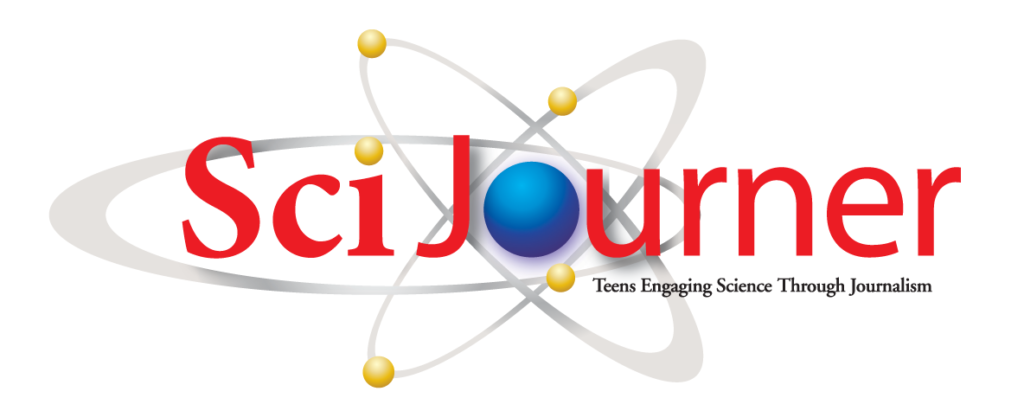

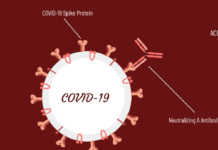
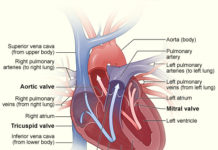
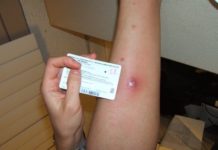
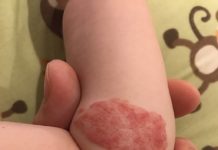
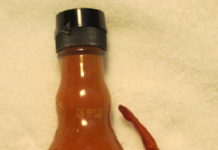
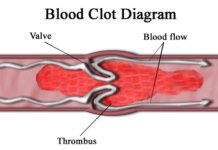






VERY GOOD JOB! I’M IMPRESSED 🙂